SMER 1/50 Reggiane Re.2000 Falco, Italian Air Force 100 GB
The Re.2000 was intentionally designed to compete for orders under “Programma Erre”, a comprehensive effort launched in 1938 targeting towards the enactment of several improvements throughout the Regia Aeronautica.
Despite having very little time, Officine Meccaniche Reggiane SpA, under the influence of aeronautical engineer Giovanni Battista Caproni, came with a design strongly influenced by the Seversky P-35 but nevertheless fresh, with its aerodynamic characteristics greatly benefiting from a series of wind tunnel tests held at Caproni's facility in Taliedo, Milan.
The resulting Re.2000 was a modern, highly streamlined design, featuring a sophisticated elliptical wing. Construction, save the control surfaces, was all-metal and of stressed skin, landing gear was retractable with pneumatic brakes, the tail wheel was both retractable and steerable and the canopy was designed to provide good all-round visibility.
Flight tests commencing in mid-1939 quickly demonstrated the type's favorable flying attitude with good speed and high maneuverability, only needing minor modifications to refine the design. The prototype proved its worth even further upon being delivered to the Experimental Establishment of the Regia Aeronautica by August 1939, outperforming even modern fighters such as the MC 200 and even the Bf 109E.
However, together with the great performance, some shortcomings started to arise. A technical report produced by the Air Ministry, judged the placing of the integral fuel tanks within the wings to be highly vulnerable and prone to leaks, as well as posing manufacturing challenges. The negative conclusions of the report were catastrophic for the project, as they directly led to the immediate cancellation of their 12 pre-production frames, along with the instruction given to Reggiane to prepare the necessary tooling for a wider production run aiming to 188 aircraft.
Still, the Italian government authorized Reggiane to promote the type for sales on the global market, effectively offering the programme a reprieve. Rejuvenated, the company decided to privately proceed with the production of the original batch of 188 fighters that had been canceled, so that immediate delivery could be offered to foreign customers.
Marketed towards various interested countries, many of which had been incentivised towards such purchases as a consequence of the war breaking out, the type attracted some potential customers. In the end, Hungary ordered 70 aircraft and Sweden opted to procure a batch of 60 machines, with the plane accordingly used much more prominently by those air forces than by the Regia Aeronautica at home. In fact, 80 per cent of the total Re.2000 production went to these two countries. Other countries had also exhibited interest in the aircraft, but ultimately did not place orders.
Though the Swedish appreciated the plane's performance, especially under harsh conditions, they were put aside by its mechanical reliability, normally spending a great deal of time in maintenance.
The Falco had a more engrossing life in the Hungarian Air Force, which became a significant purchaser of Italian aircraft in general, following Germany's reluctance to supply them with their own planes. Becoming the main operator of the Re.2000, Hungary not only bought 70 examples, but also acquired the license-production rights to produce a total of around 200 aircraft (170-203, according to various sources), known as MÁVAG Héja (Hawk) II. The machines were built between 1940 and 1942 and featured a different engine and Hungarian machine guns.
With its flight characteristics markedly different from the Fiat CR.32, from which Hungarian pilots frequently converted, the Falco was much more prone to handling difficulties, especially stalls and spins, let alone reliability issues, so accidents were common. After a steel plate was added behind the cockpit for pilot protection, the resulting shift in the aircraft's center of gravity only made things worse, leading to more frequent accidents.
Nevertheless, the determined Hungarian pilots, backed up by the equally determined Hungarian engineers who were essentially dealing with an endless maintenance challenge, kept on flying combat missions and scored a number of kills against the Soviets.
Reggiane further developed the Re.2000 to the “GA” (Grande Autonomia) version. Featuring additional 340-liter fuel tanks, which was primarily achieved by sealing off the cells of the outer wing structure, the type's purpose was to function as a modern long range reconnaissance aircraft for the Regia Marina. Though heavier, slower and expectedly more unreliable compared to the original Re.2000, this version was interestingly favored by the Air Ministry. Intended to have been used to reach Eastern Africa, it was not ready to enter operational service until after the Armistice of Cassibile (Italy's surrender to the Allied Powers) came into effect.
The final derivative was the Re.2000bis, featuring a more powerful engine and was only manufactured in small numbers. While some consideration was made at Reggiane towards the adoption of a more conventional three-spar wing with normal fuel tanks instead, only a prototype conforming to this configuration was authorized and this would subsequently become the basis for the Re.2002 ground attack aircraft and the formidable Re.2005 Sagittario.
This is the ancient Artiplast mold reboxed by SMER, a by all means basic kit with challenging fit. It was built through our friend's @airbum magnificent "Italian Air Force 100th", a Group Build to commemorate the 100 years after Regia Aeronautica's establishment as an independent force:
https://imodeler.com/groups/italian-air-force-100th/
Should you wish to read the full build review, you might do so by visiting my beloved site Modelingmadness:
https://modelingmadness.com/review/axis/ity/fighter/pen2000.htm
Happy Modelling!
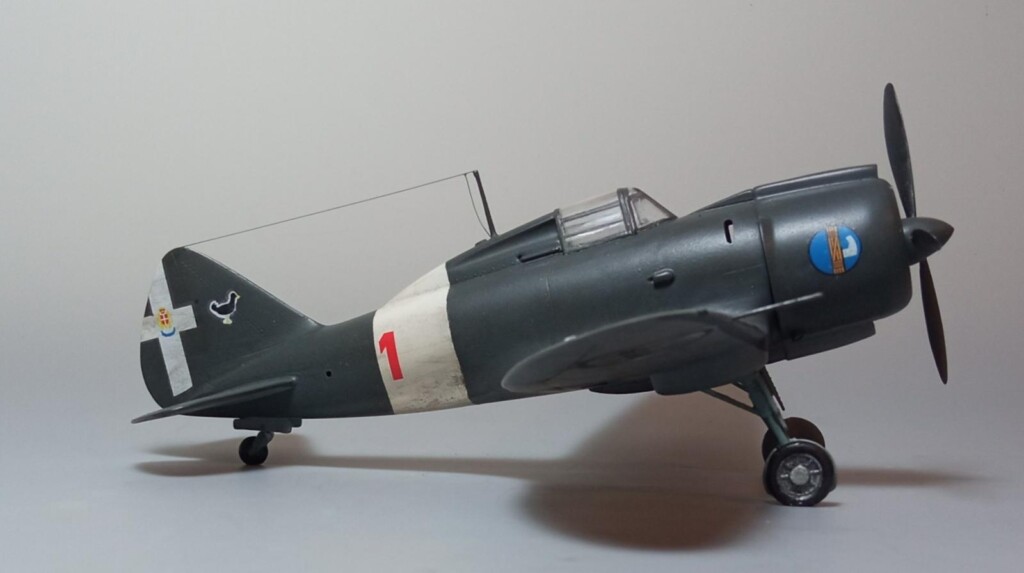

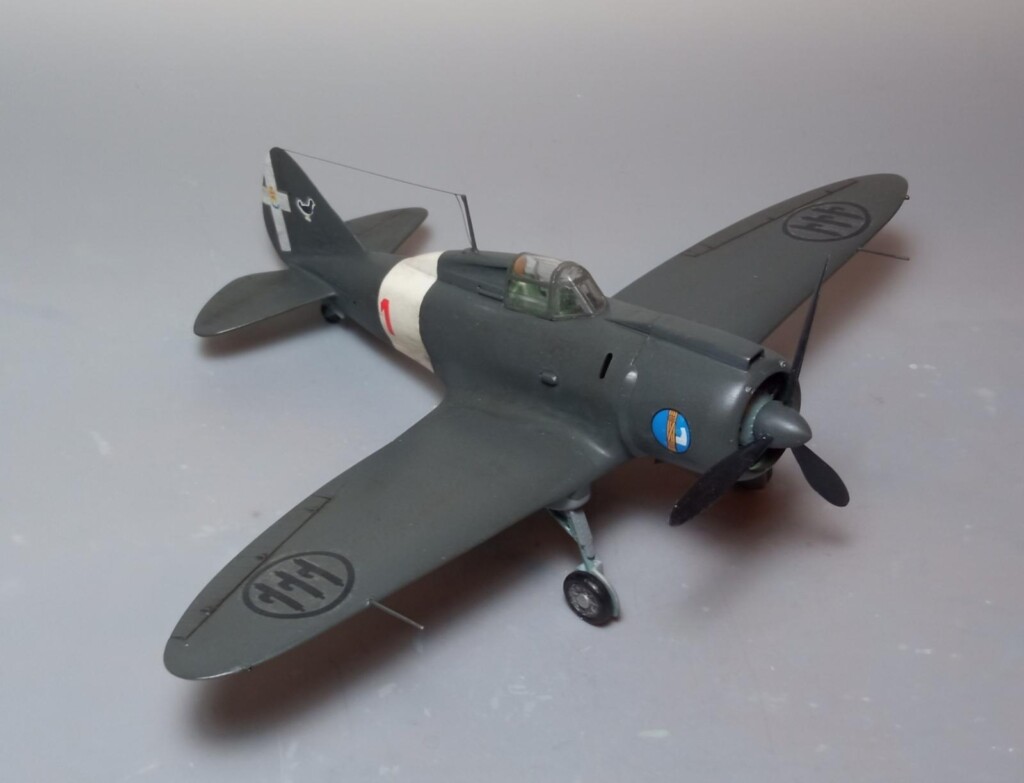
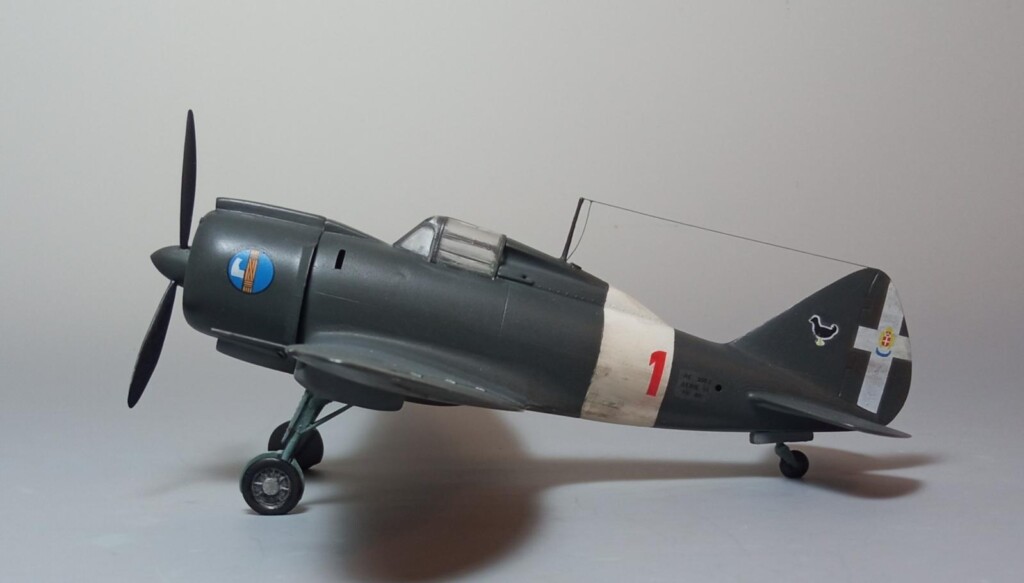
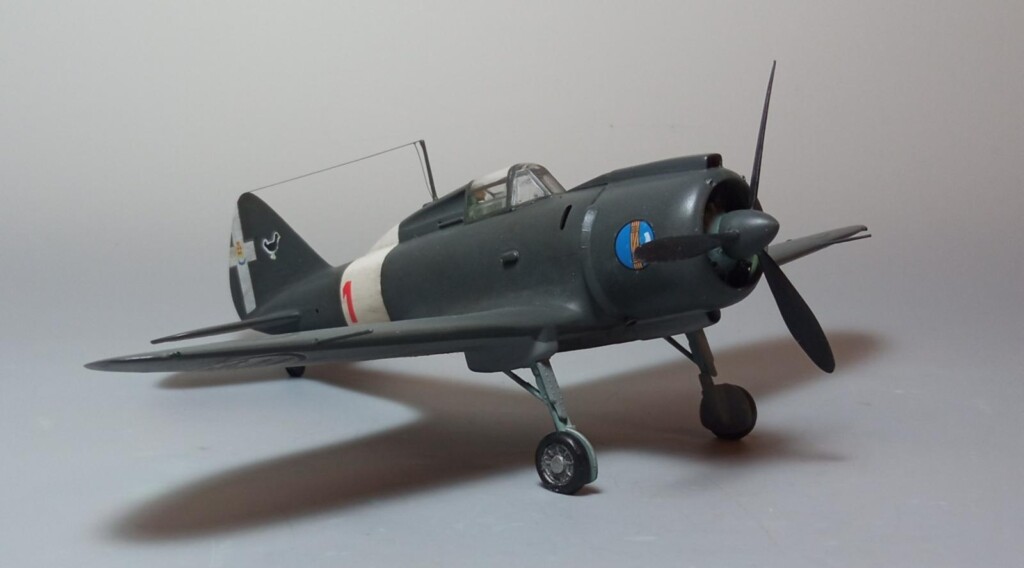
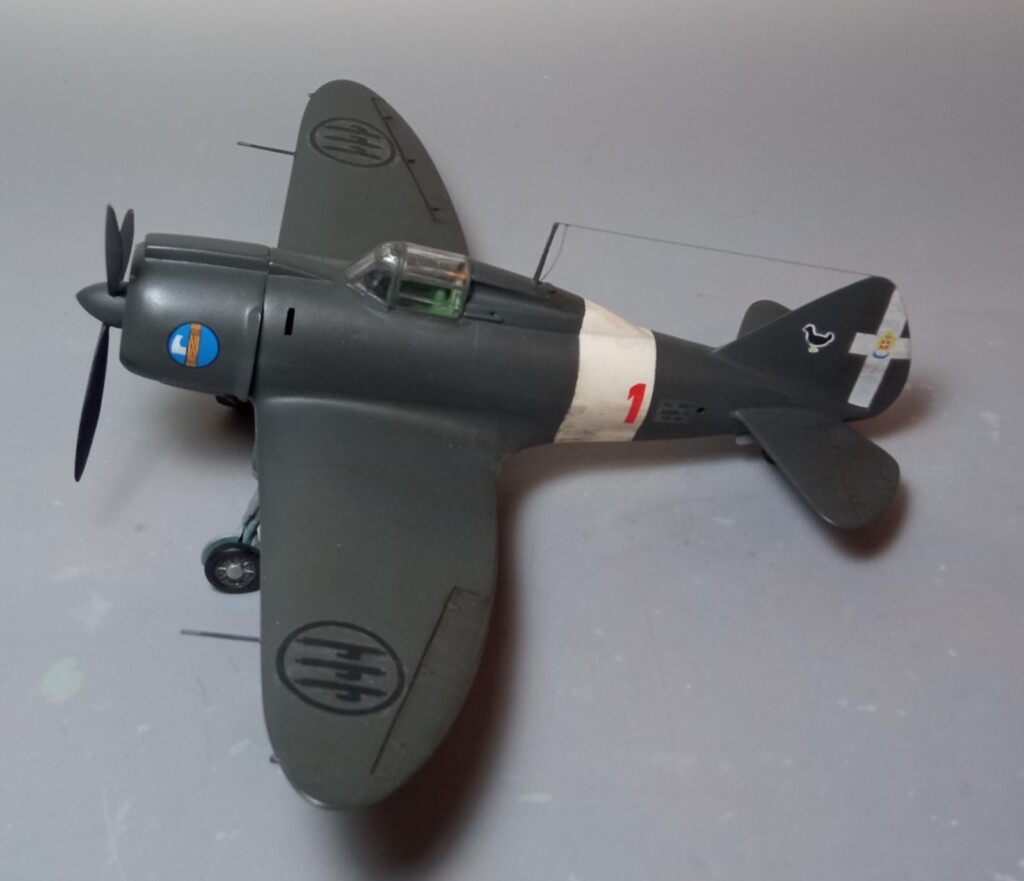
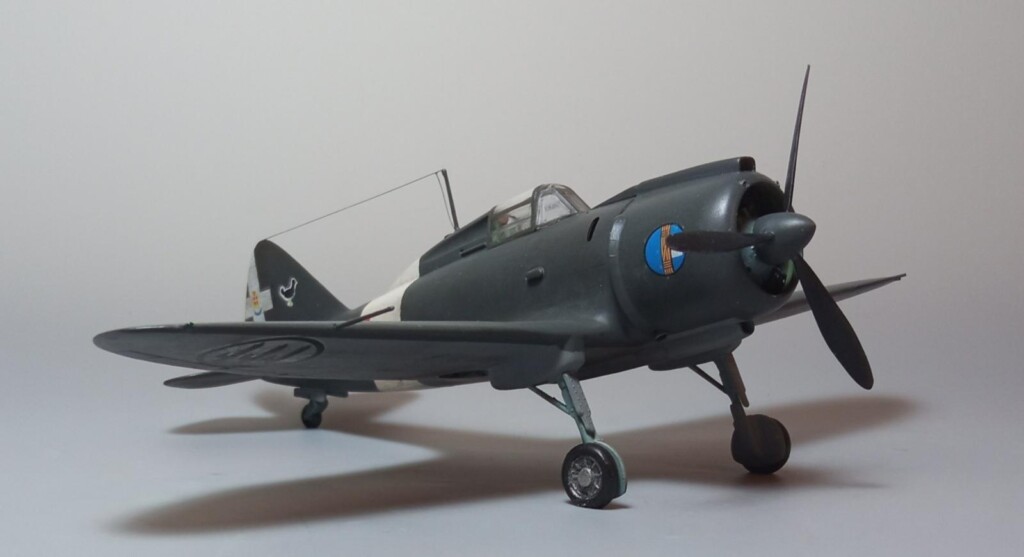
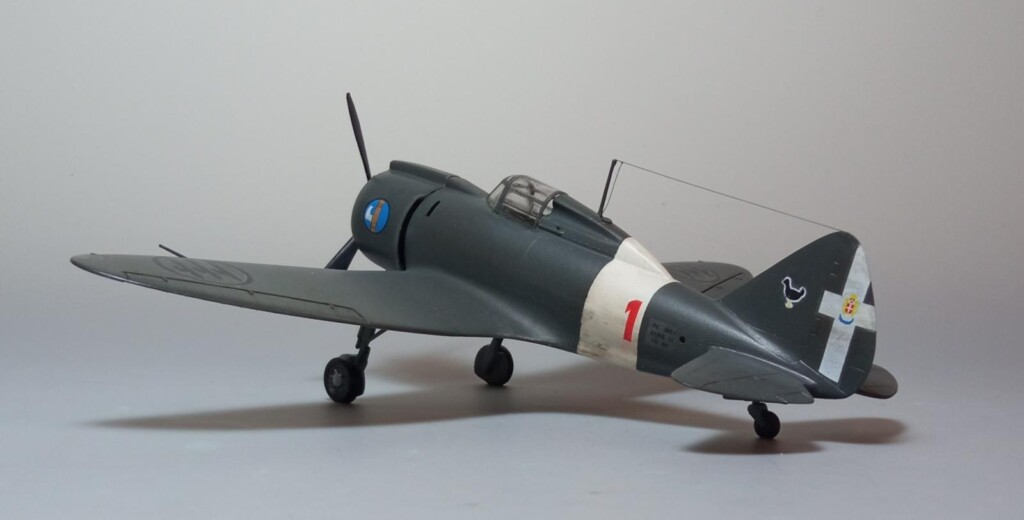
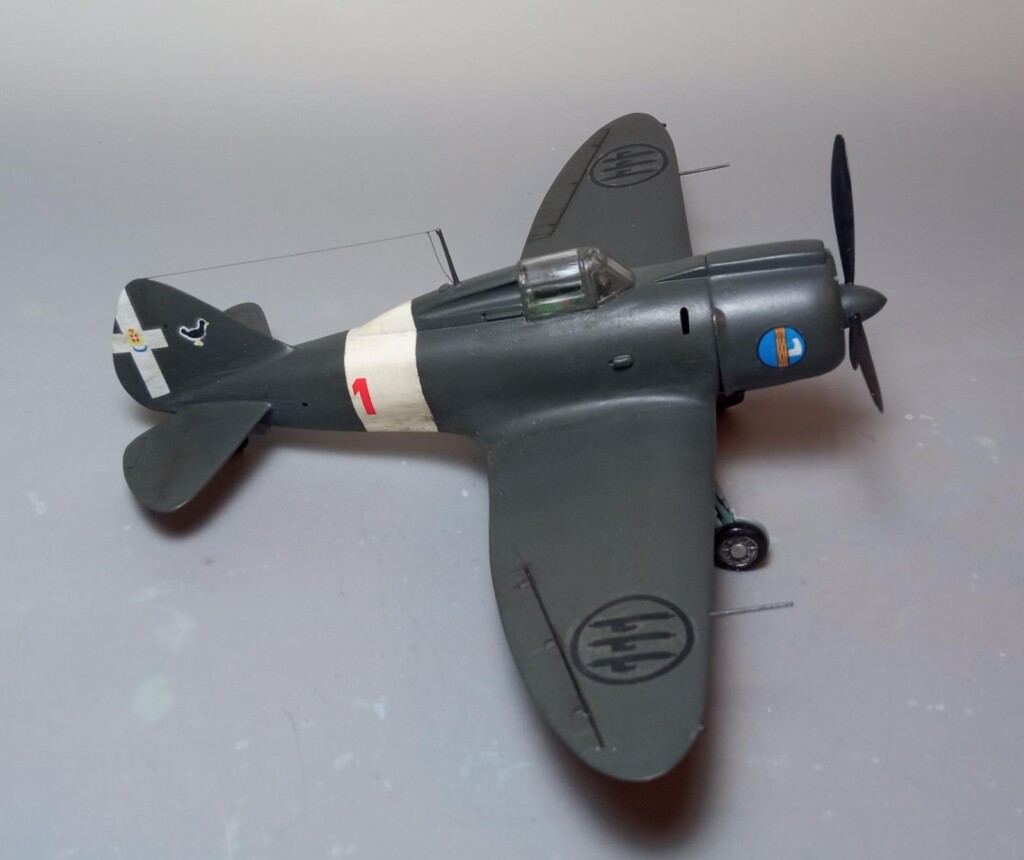
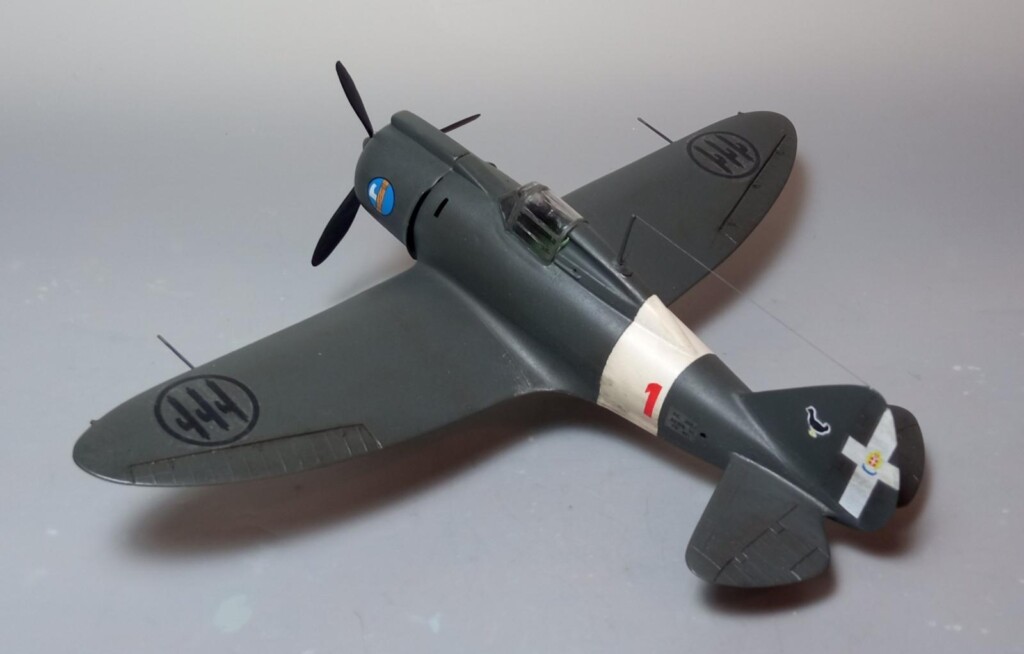
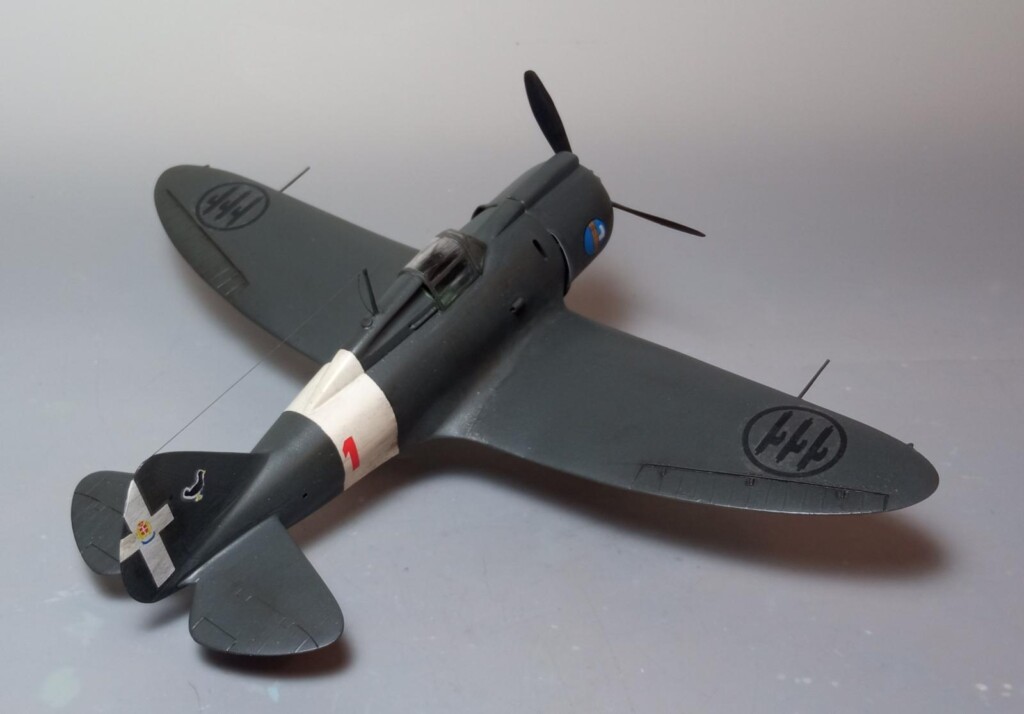
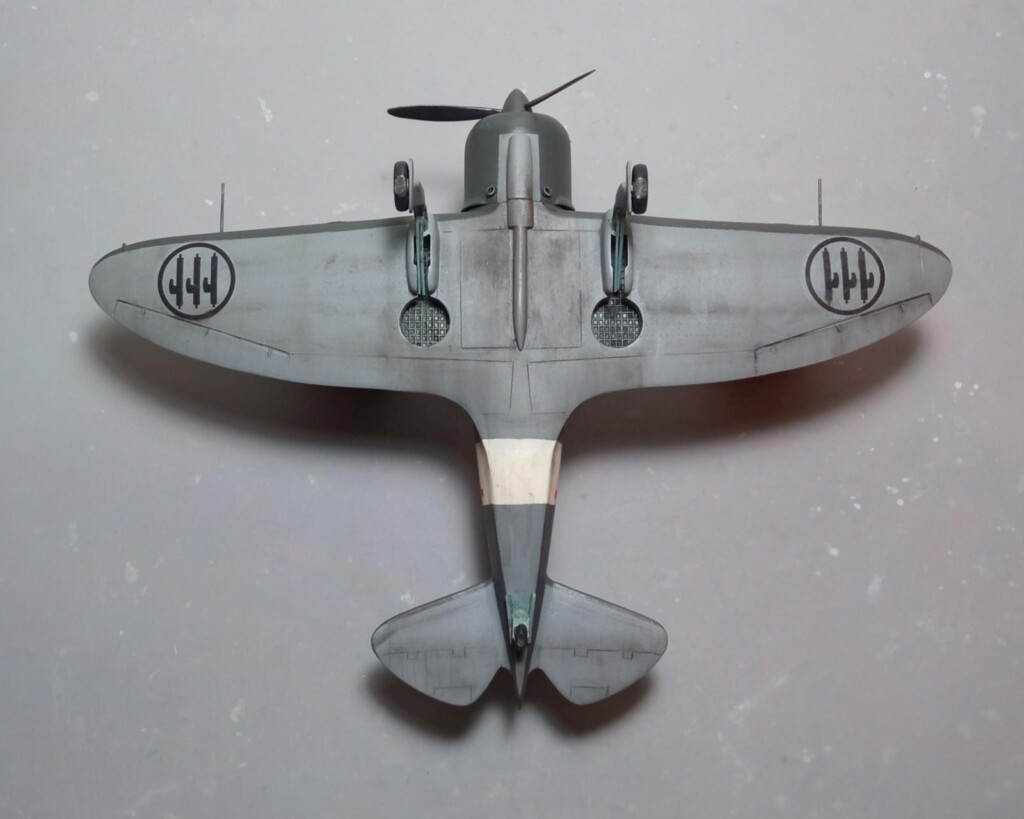

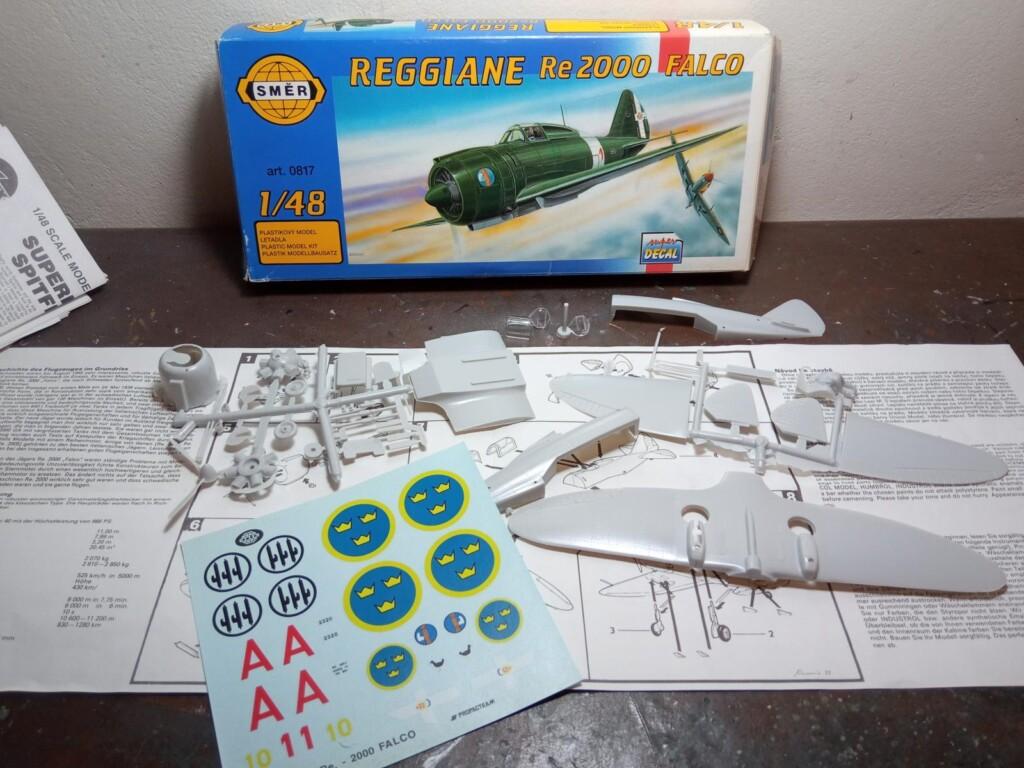
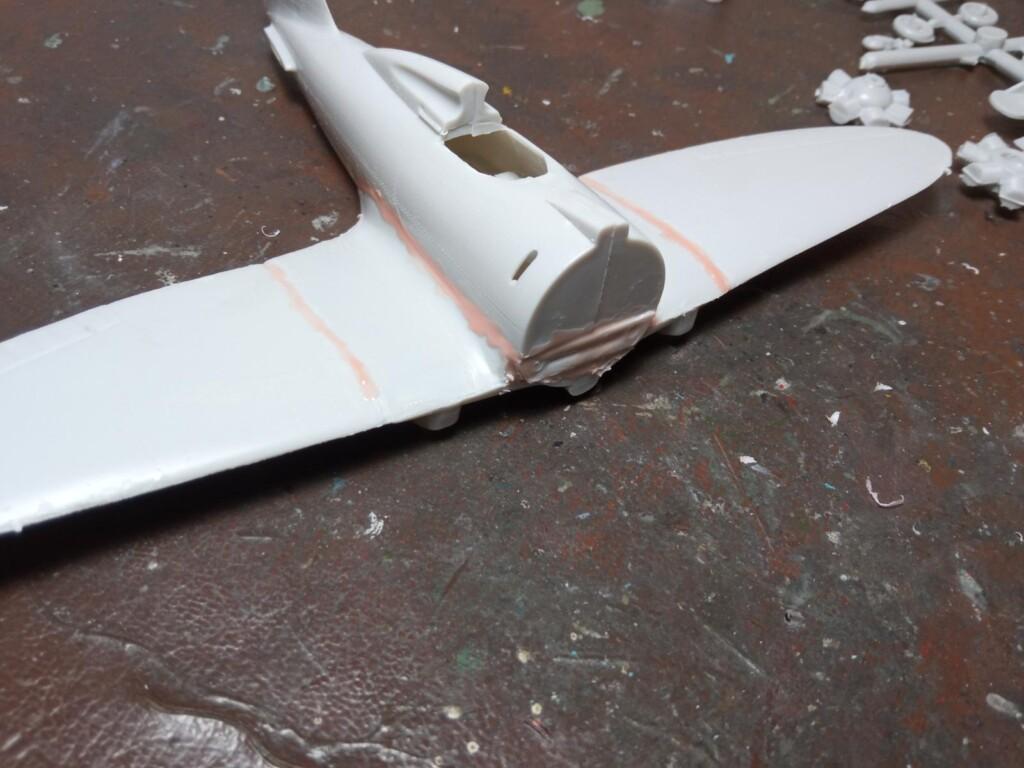
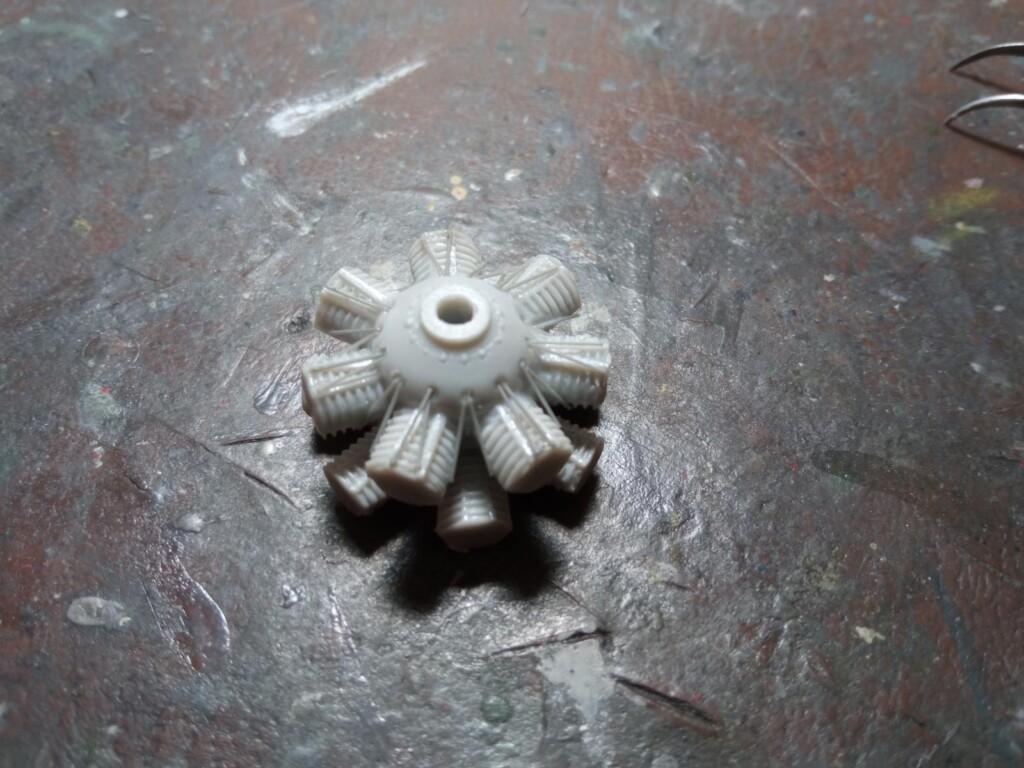
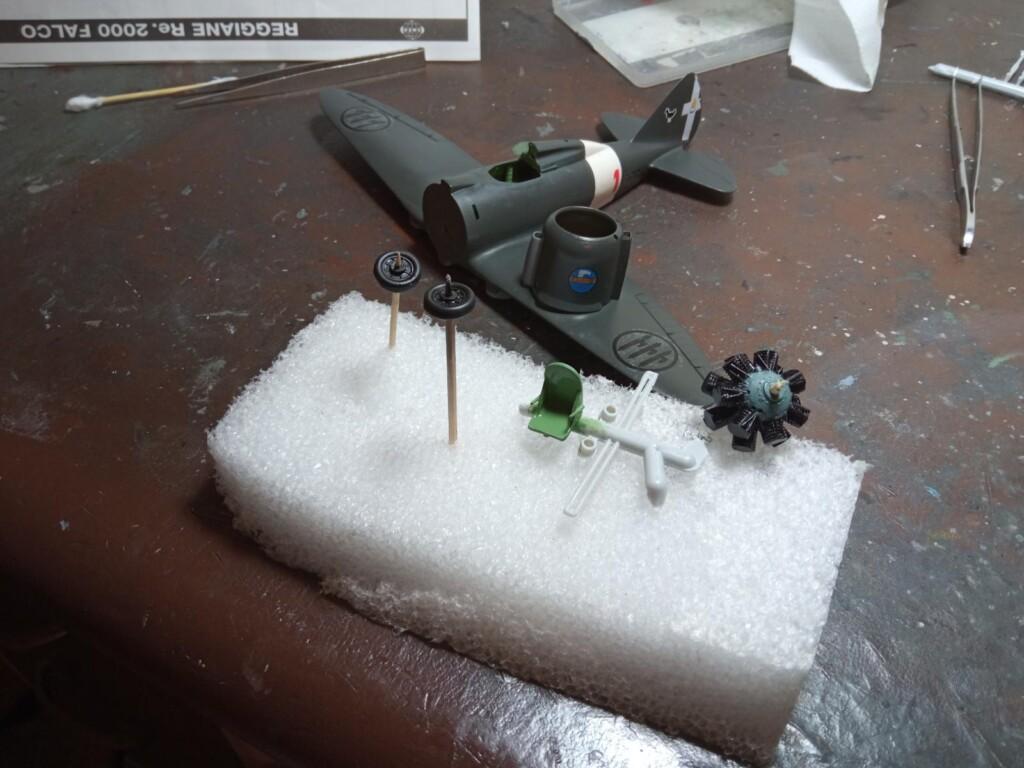
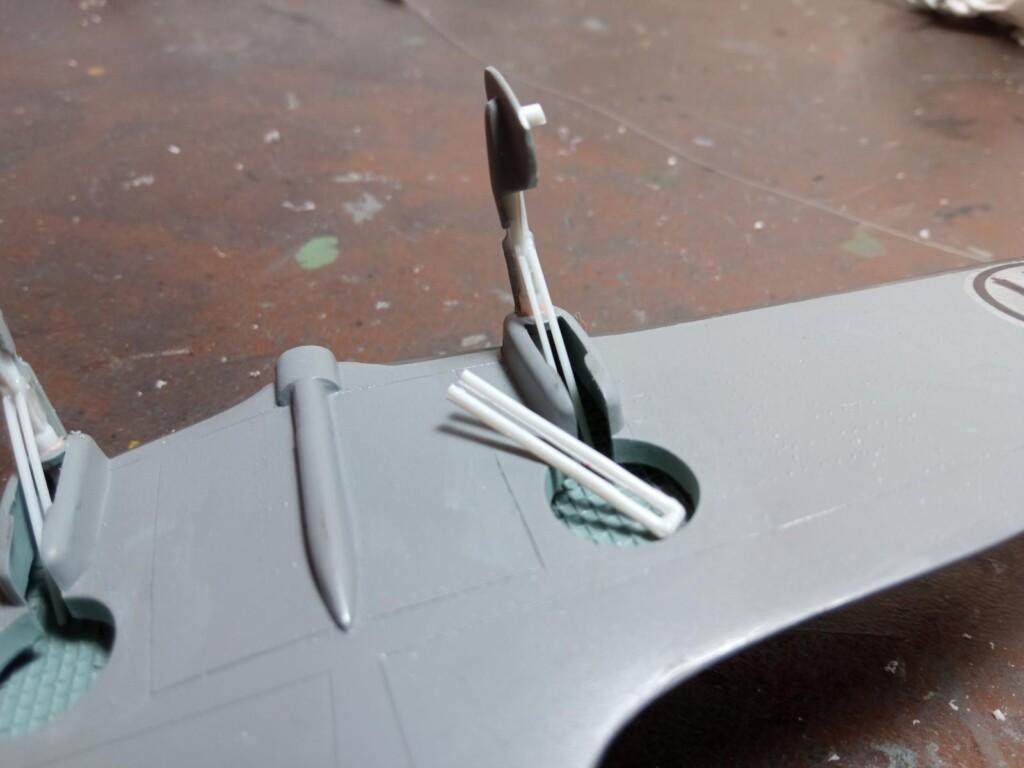
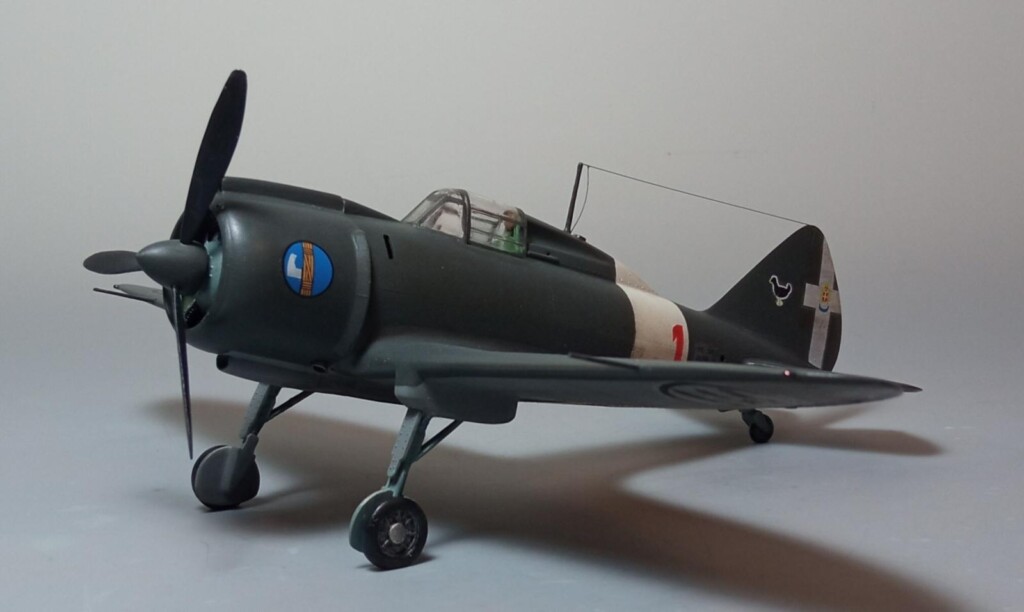
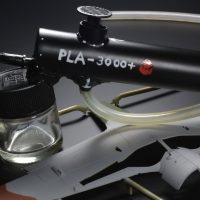
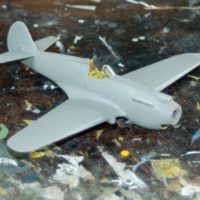
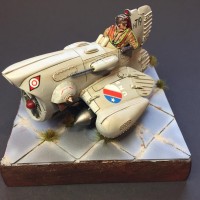
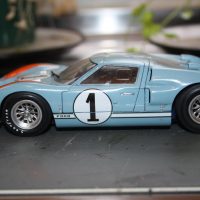
Yet another splendid product from your workbench, Spiros. Interesting write-up on its history, not the most successful of designs, perhaps, but a good looking plane nonetheless.
Thanks so much, my friend @chinesegeorge!
@fiveten - Very cool Spiros. The research you put in is always impressive and you wouldn't know there were any fit issues from the finished build.
Thanks kindly my friend @brithebuilder!
Another Gem from Spiros...well done!
Thanks my friend @gwskat!
Excellent model and article from the Pendedekas factory! I've been remiss from adding more Italian builds to my cabinet - this article provoked me a bit... 🙂
Thanks my friend @gkittinger! Looking forward to your Italian builds!
A great result with that old kit and interesting history behind the Falco. Well done!
Thanks my friend @chasbunch!
Excellent work with the old kit. The end result is really impressive and the research very interesting.
Thanks my friend @christopher!
Great job on updating an oldie!
Thanks my friend @guitarhack5!
That’s really well done, Spiros. I’ve seen this kit in the raw and you performed a real miracle on it.
Thanks my friend @j-healy!
Spiros, @fiveten
This is one you built that has slipped under my radar. It looks very good too, and I'll bet QC1 and QC2 have racked up some considerable hours in their log books while test flying this one ! The article was very good too, and I learned some new things.
Well done my friend.
Thanks so much, my friend @lgardner!
Another well done model with an added bonus of being well researched. Spiros you are on a roll.
Thanks my friend @tom-bebout!
Great build Spiros!
Thanks my friend @blackmopane!
I totally missed this one, Spiros (@fiveten). Great work on a really challenging model. Well done.
Thanks my friend @gblair!
Another excellent result, Spiros @fiveten
This Falco looks very nice, thanks as well for writing up the background of it.
Thanks my friend @johnb!
Nice job on this build and articles! I usually do not see this kit built so nicely, I had to look twice to make sure it was not the Classic Airframes kit.
Thanks so much, my friend @v1pro!
Very nice Spiros. It Looks like an Italian Thunderbolt. It probably could fly right through a Brick Wall ! Long live Italian model planes !
Thanks so much my friend @bernardbedeur!
Thumbs up my friend,top job!
Thanks my friend @mvtb!
Such unusual build! Very nice!
Thanks my friend @lis!
Wow. A SMER kit. I have an old SMER MiG-17 and a DH-2 in 1/48 and haven't gotten up the nerve to tackle either of them to get them into acceptable condition. You are very brave with the older kits and have done a super job in getting this one into shape. Very fine work (literally) on the engine in particular. Overall very pleasing final finish for a seldom-seen subject.
Thanks my friend @coling!
Nice work dressing up this older kit, Spiros. I especially like the engine work, it adds a lot to the look of the stock engine.
Thanks my friend @robgenev665!
Another amazing save of an ancient reeker turned into a nice model, @fiveten. Very nice result.
Definitely "liked."
If I might make a historical correction, all the Reggiane aircraft designed and produced were obviously based on the Seversky SEV-1 and P-35, which was unsurprising given that their designer Roberto Longhi had worked for Seversky during the period in which the SEV-1 was designed, before returning to Italy to take the position of Chief Designer at Reggiane
Thanks my friend @tcinla!
Also for the historical correction, that explains the too many similarities with the SEV-1 and the P-35.
Longhi felt he wasn't receiving proper recognition for his role in design of the SEV-1/P-35, and when de Seversky promoted Alexander Kartveli as Chief Designer, he accepted Count Reggiane's offer to return to Italy and establish a modern aircraft company, he brought his design papers with him. Using the design so literally was a "finger in the eye" to Seversky and Kartveli.
Amazing info, my friend @tcinla! Thanks as always.
Another absolute cracker from you Spiros.
Not just stunning modelling but a great swathe of historical info.
Thanks for sharing.
Cheers,
Alistair
Thanks my friend @alistairfgauld!